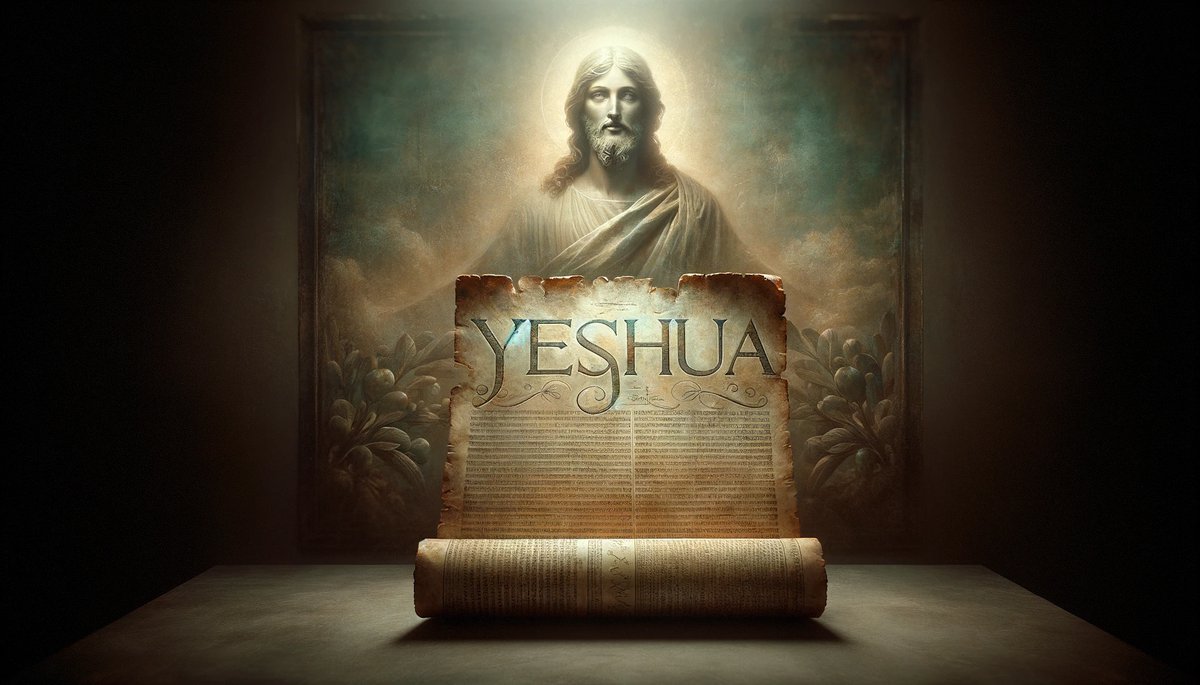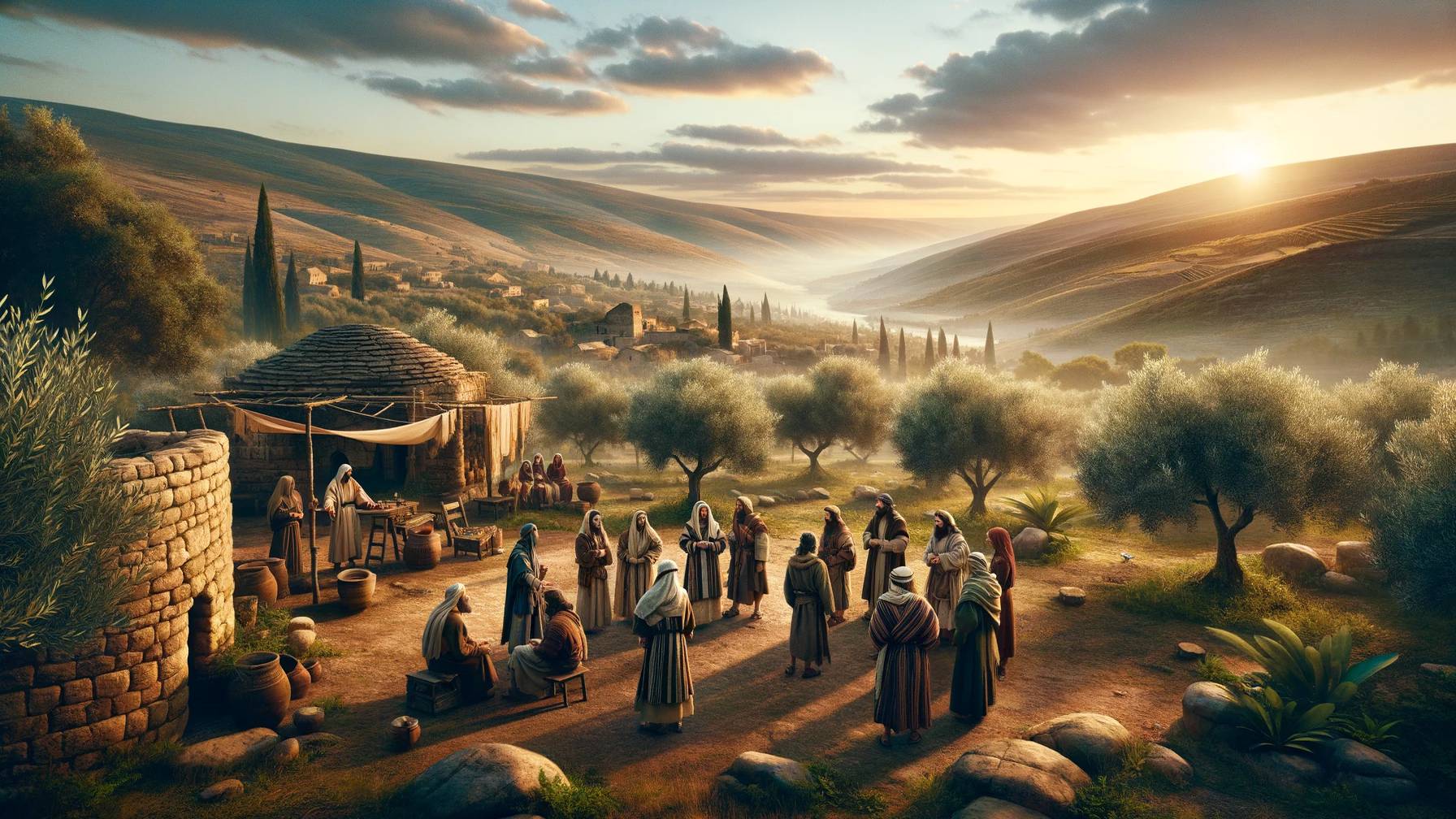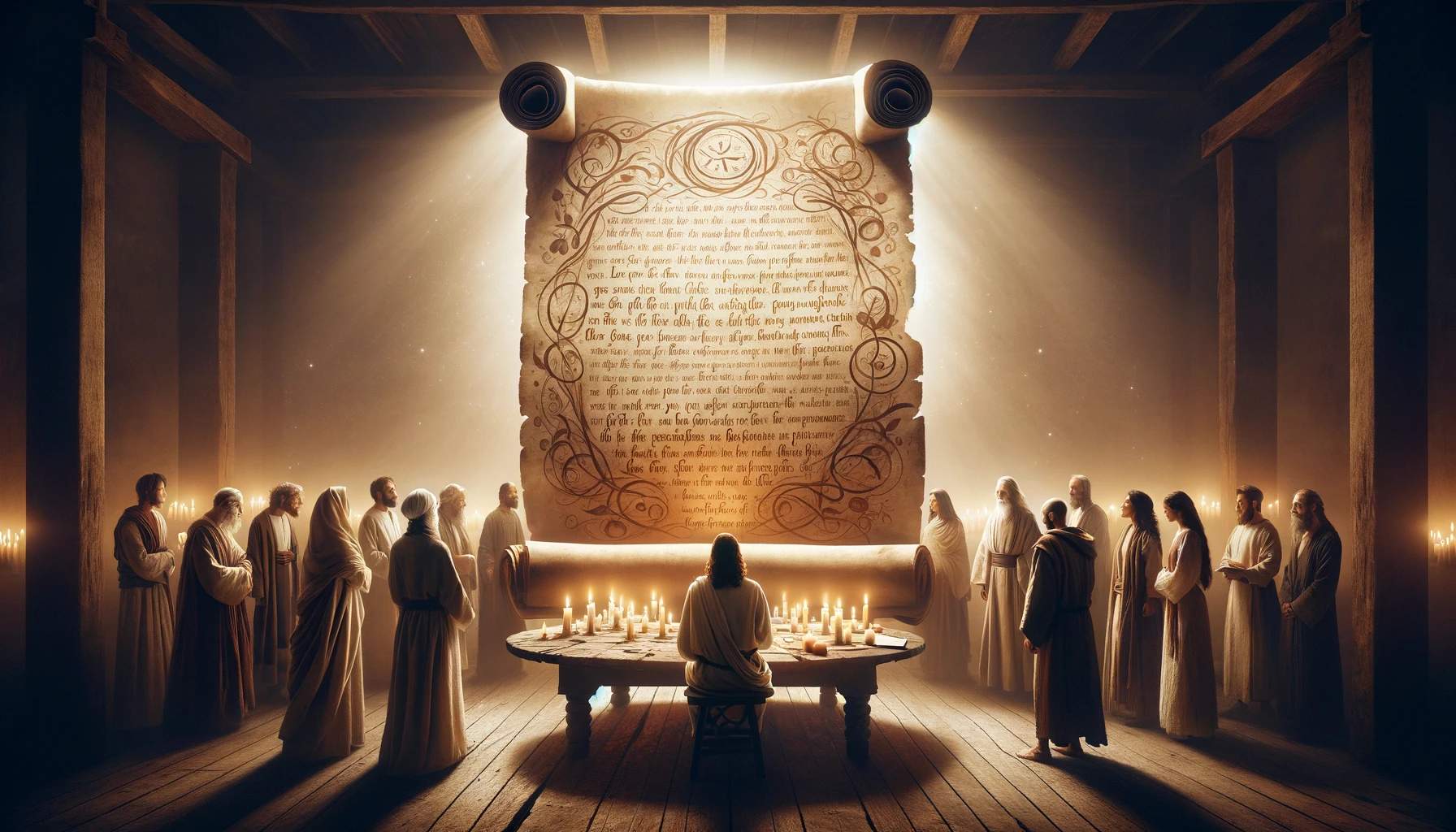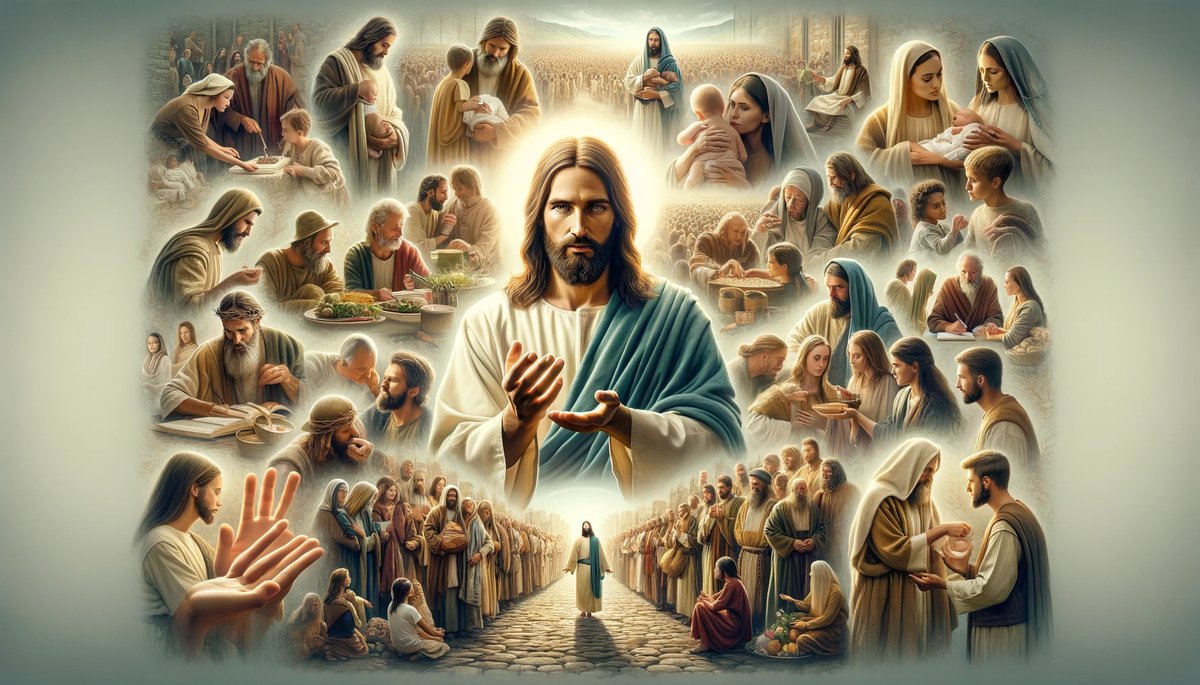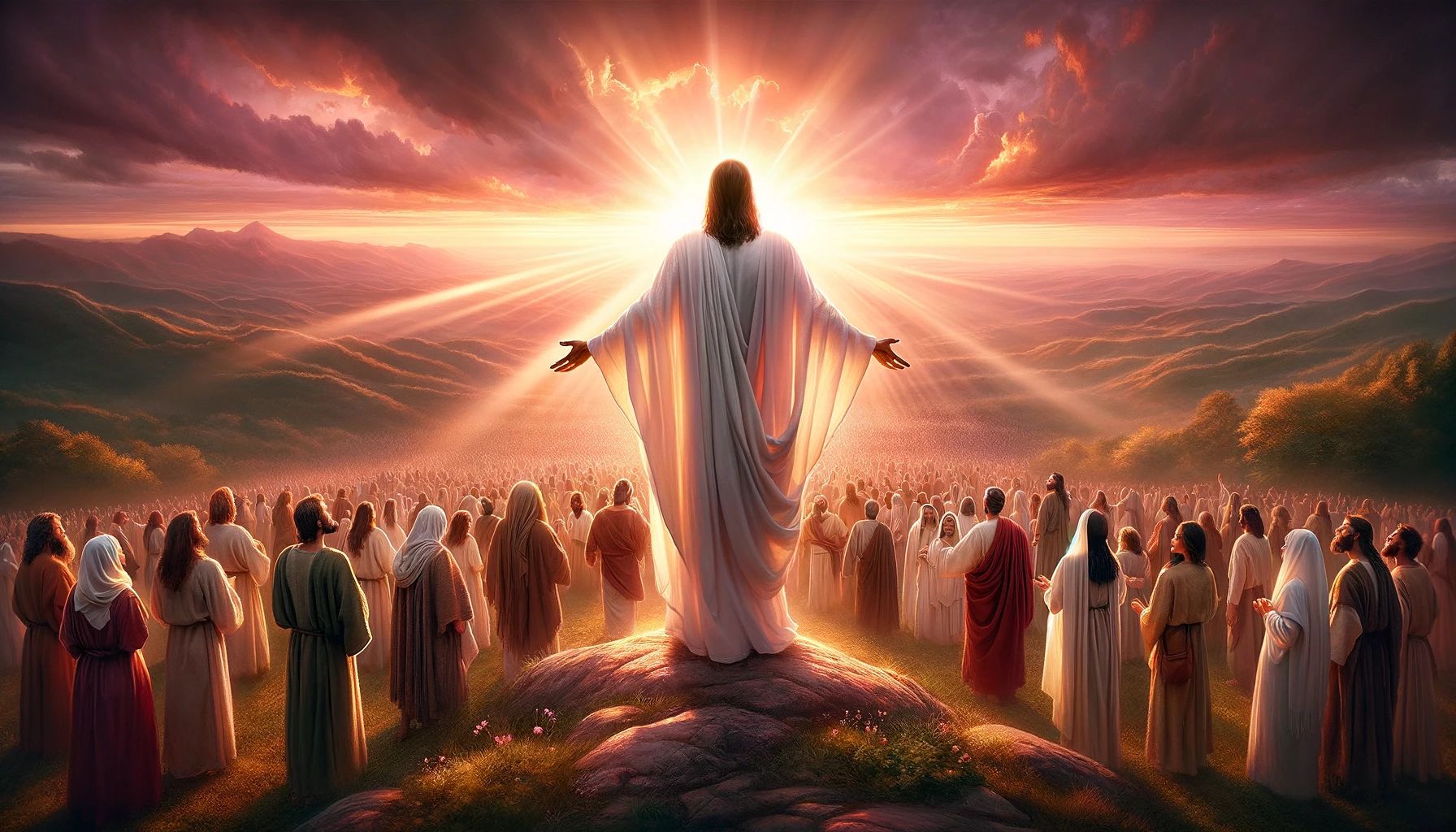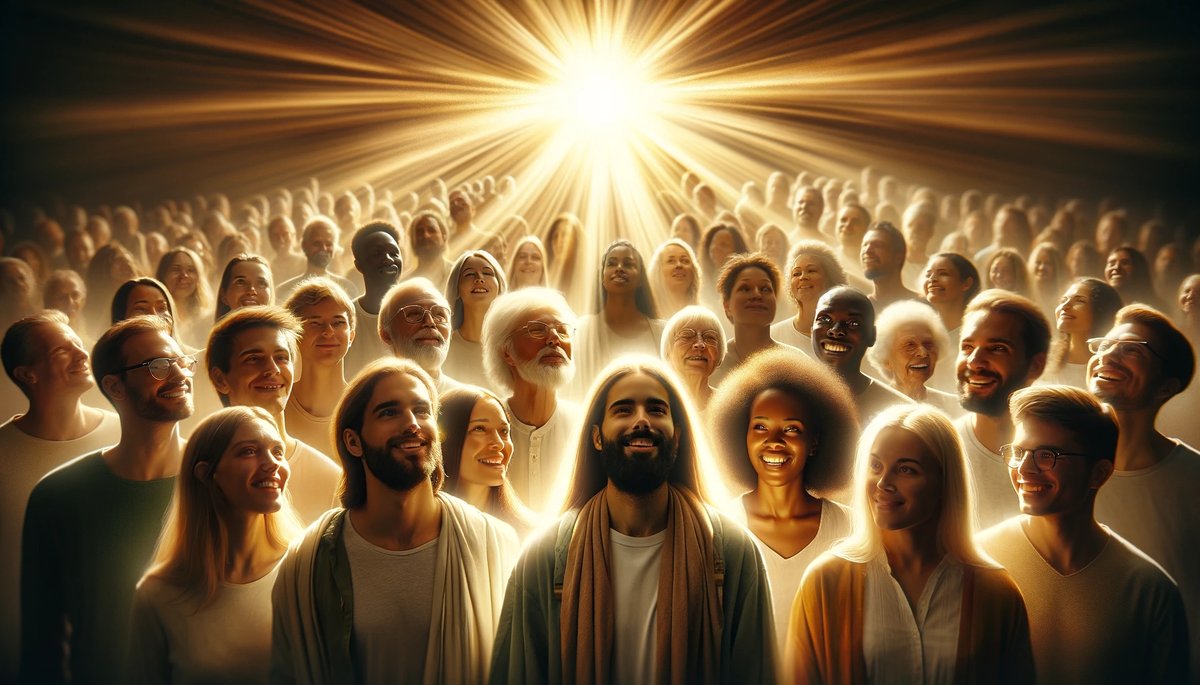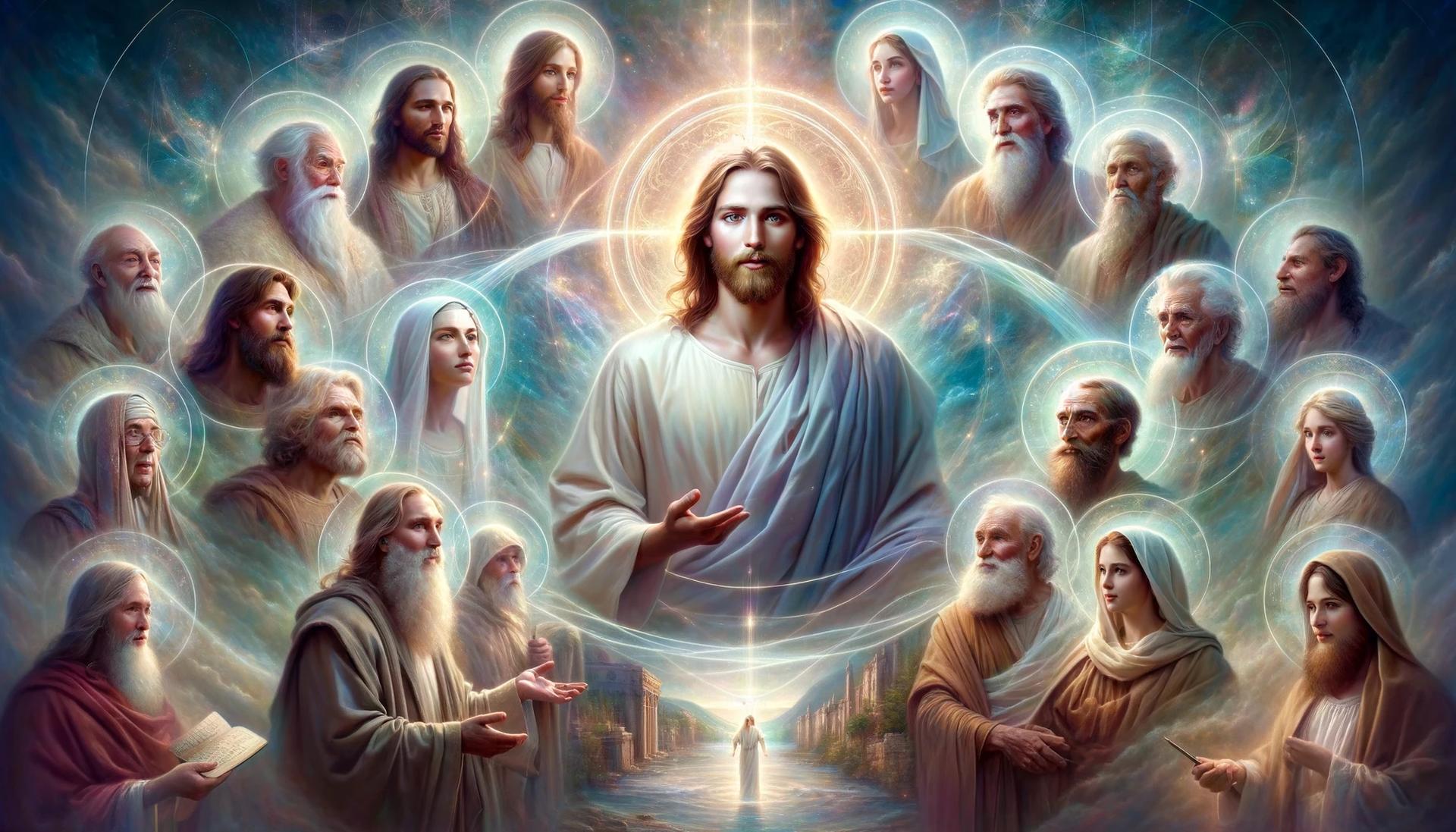Home>Christian Videos>Bible Stories>What Is The Transfiguration Of Jesus Christ
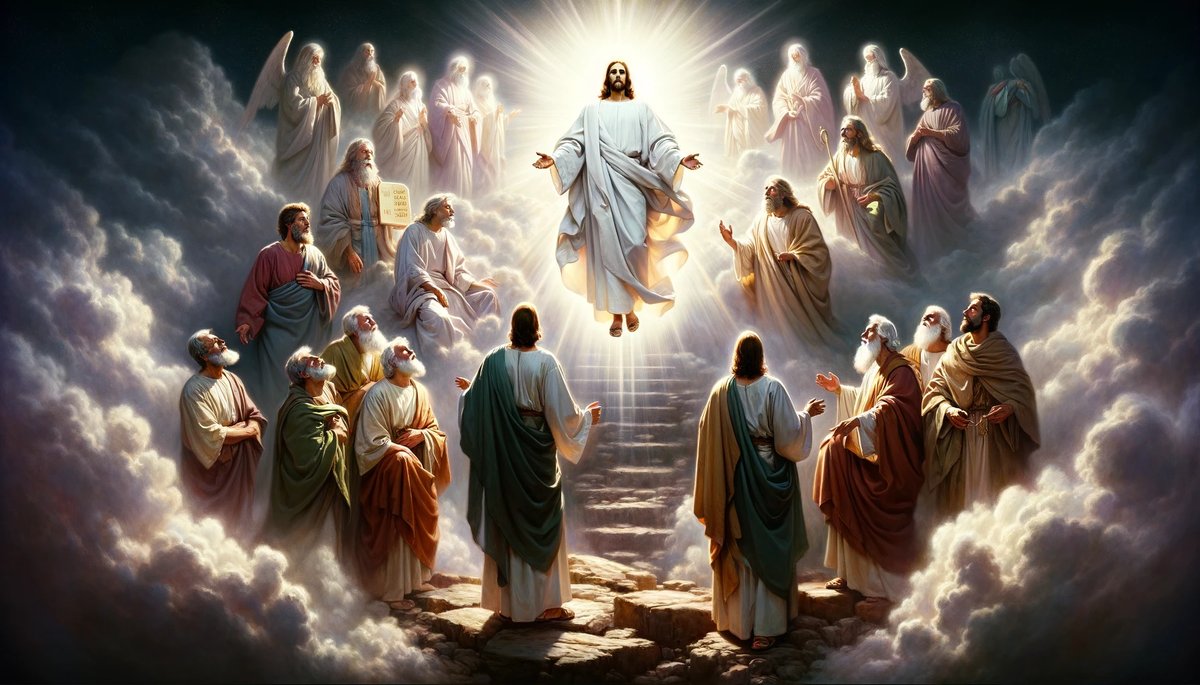

Bible Stories
What Is The Transfiguration Of Jesus Christ
Published: March 2, 2024
Ericka Andersen, an editor at Christian.net, expertly merges digital strategy with content creation, focusing on faith and societal issues. Her communication skills enhance the platform's engaging narratives, fostering meaningful dialogue on belief's impact on society.
Learn about the transfiguration of Jesus Christ and its significance in the Bible. Explore this powerful event and its impact on Christian faith. Discover more Bible stories.
(Many of the links in this article redirect to a specific reviewed product. Your purchase of these products through affiliate links helps to generate commission for Christian.net, at no extra cost. Learn more)
Table of Contents
The Significance of the Transfiguration
The Transfiguration of Jesus Christ holds immense significance in Christian theology and spirituality. It is a pivotal event in the life of Jesus, marking a profound moment of revelation and divine affirmation. The Transfiguration is a powerful demonstration of Jesus' true nature as the Son of God and the fulfillment of the Old Testament prophecies. This event also serves as a bridge between the ministry of Jesus and the impending crucifixion, providing reassurance and strengthening the faith of his disciples. The Transfiguration is a symbol of the divine glory of Jesus and a foreshadowing of his resurrection, emphasizing the continuity between the Old Testament, the ministry of Jesus, and the establishment of the new covenant.
Read more: What Was Jesus Christ’s Profession
The Transfiguration as a Revelation of Jesus' Divine Nature
The Transfiguration is a profound revelation of Jesus' divine nature and identity as the Son of God. As described in the Gospels of Matthew, Mark, and Luke, Jesus is transfigured before his disciples, and his face shines like the sun, while his clothes become dazzling white. This extraordinary manifestation of divine glory signifies Jesus' true nature as the beloved Son of God, affirming his unique relationship with the Father. The voice from the cloud, saying, "This is my Son, whom I love; with him I am well pleased. Listen to him!" further emphasizes the divine affirmation of Jesus' identity and mission.
Strengthening the Faith of the Disciples
The Transfiguration serves as a source of strength and encouragement for the disciples, especially in the face of the impending suffering and crucifixion of Jesus. Witnessing the transfigured Jesus, along with the appearance of Moses and Elijah, reinforces the disciples' faith and understanding of Jesus' role in the fulfillment of the Old Testament prophecies. This extraordinary experience provides the disciples with a glimpse of the divine glory and affirms the significance of Jesus' mission, despite the challenges and trials that lie ahead.
Foreshadowing the Resurrection and the New Covenant
The Transfiguration also serves as a powerful foreshadowing of the resurrection of Jesus and the establishment of the new covenant. The radiant transformation of Jesus anticipates his victory over death and the fulfillment of God's plan for the redemption of humanity. The presence of Moses and Elijah, representing the Law and the Prophets, further underscores the continuity between the Old Testament and the new era inaugurated by Jesus. The Transfiguration thus symbolizes the culmination of God's redemptive work and the dawn of a new era of grace and salvation through Christ.
In summary, the Transfiguration of Jesus Christ holds profound significance as a revelation of his divine nature, a source of strength for his disciples, and a foreshadowing of the fulfillment of God's plan through his death and resurrection. This pivotal event continues to inspire and enrich the faith of Christians, serving as a powerful reminder of the glory and majesty of Jesus as the Son of God.
Biblical Accounts of the Transfiguration
The Transfiguration of Jesus Christ is documented in the Synoptic Gospels of Matthew, Mark, and Luke, providing a comprehensive account of this extraordinary event. Each Gospel offers unique insights into the Transfiguration, contributing to a rich and multifaceted understanding of this pivotal moment in the life of Jesus.
Read more: What Is Jesus Christ’s Religion
1. The Gospel of Matthew
In the Gospel of Matthew (17:1-9), the Transfiguration takes place on a high mountain, where Jesus is accompanied by three of his disciples, Peter, James, and John. As Jesus is transfigured before them, his face shines like the sun, and his clothes become dazzling white. Moses and Elijah appear, conversing with Jesus, and a bright cloud envelops them. A voice from the cloud declares, "This is my Son, whom I love; with him I am well pleased. Listen to him!" This divine affirmation emphasizes Jesus' identity as the beloved Son of God and the fulfillment of the Law and the Prophets.
2. The Gospel of Mark
Mark's account of the Transfiguration (Mark 9:2-8) closely parallels the narrative in Matthew. Jesus takes Peter, James, and John to a high mountain, where he is transfigured before them. His clothes become radiant and exceedingly white, and Elijah and Moses appear, conversing with Jesus. The voice from the cloud affirms Jesus' divine identity, instructing the disciples to listen to him. Mark's portrayal of the Transfiguration underscores the divine revelation of Jesus' glory and the continuity between the Old Testament and the ministry of Jesus.
3. The Gospel of Luke
In the Gospel of Luke (9:28-36), the Transfiguration occurs as Jesus goes up the mountain to pray, accompanied by Peter, James, and John. As Jesus prays, his face changes, and his clothes become dazzling white. Moses and Elijah appear in glory, speaking with Jesus about his impending departure in Jerusalem. The voice from the cloud echoes the affirmation of Jesus as the chosen Son, urging the disciples to listen to him. Luke's account emphasizes the significance of the Transfiguration in the context of Jesus' impending journey to Jerusalem and his ultimate sacrifice.
The biblical accounts of the Transfiguration offer a profound glimpse into the divine glory of Jesus Christ and the continuity between the Old Testament prophecies and the fulfillment of God's plan through his Son. These narratives provide a rich foundation for understanding the theological significance and spiritual impact of the Transfiguration in Christian faith and devotion.
The Transfiguration in Christian Theology
The Transfiguration holds a central position in Christian theology, serving as a profound manifestation of the divine glory of Jesus Christ and a key element in the revelation of his identity and mission. Within Christian theology, the Transfiguration is understood as a pivotal event that illuminates the nature of Christ and his redemptive purpose, bridging the gap between the earthly ministry of Jesus and his ultimate sacrifice on the cross. This extraordinary manifestation of divine radiance and the presence of Moses and Elijah symbolize the fulfillment of the Law and the Prophets in Jesus, affirming his role as the culmination of God's redemptive plan. The Transfiguration also underscores the continuity between the Old Testament promises and the establishment of the new covenant through the life, death, and resurrection of Jesus.
The Transfiguration as a Revelation of Christ's Divine Nature
In Christian theology, the Transfiguration is interpreted as a powerful revelation of Christ's divine nature and his unique relationship with God the Father. The radiant transformation of Jesus, as described in the Gospels, signifies his intrinsic glory as the Son of God, affirming his preexistence and eternal divinity. The voice from the cloud, declaring Jesus as the beloved Son, further emphasizes the divine affirmation of his identity and mission. This revelation of Christ's divine nature reinforces the Christian understanding of Jesus as the incarnate Word of God, the second person of the Trinity, and the fulfillment of God's redemptive plan for humanity.
The Transfiguration and the Unity of the Old and New Covenants
Within Christian theology, the Transfiguration is also viewed as a profound symbol of the unity and continuity between the Old and New Testaments. The presence of Moses and Elijah, representing the Law and the Prophets respectively, alongside Jesus, signifies the fulfillment of the Old Testament promises in the person of Christ. This theological perspective highlights the interconnectedness of God's redemptive plan throughout salvation history, culminating in the life, death, and resurrection of Jesus. The Transfiguration thus serves as a theological bridge, affirming the harmony and fulfillment of God's promises in the person and work of Jesus Christ.
The Transfiguration and the Mission of Christ
In Christian theology, the Transfiguration is also linked to the mission and purpose of Christ in the salvation of humanity. The radiant transformation of Jesus on the mountain is seen as a foretaste of his glorified state and a foreshadowing of his resurrection. This theological interpretation emphasizes the redemptive significance of Christ's sacrificial death and triumphant resurrection, offering hope and assurance to believers. The Transfiguration underscores the transformative power of Christ's redemptive work and his ultimate victory over sin and death, shaping the Christian understanding of salvation and eternal life.
In summary, the Transfiguration occupies a central place in Christian theology, illuminating the divine nature of Christ, affirming the unity of the Old and New Covenants, and underscoring the redemptive mission of Jesus. This extraordinary event continues to inspire theological reflection and spiritual contemplation within the Christian tradition, shaping the understanding of Christ's identity, purpose, and ultimate triumph over sin and death.
Interpretations of the Transfiguration
The Transfiguration of Jesus Christ has been the subject of diverse interpretations within Christian theology and spirituality, reflecting the multifaceted significance of this extraordinary event. These interpretations encompass a range of theological, symbolic, and spiritual perspectives, shedding light on the profound implications of the Transfiguration for the understanding of Christ's identity, mission, and the redemptive plan of God.
-
Revelation of Divine Glory: One interpretation of the Transfiguration emphasizes its role as a revelation of the divine glory of Jesus Christ. The radiant transformation of Jesus, accompanied by the appearance of Moses and Elijah, signifies the manifestation of God's presence and the fulfillment of the Old Testament promises in the person of Christ. This interpretation underscores the transcendent nature of Jesus as the Son of God and the embodiment of divine glory, affirming his unique role in the salvation of humanity.
-
Confirmation of Jesus' Identity: Another interpretation focuses on the Transfiguration as a confirmation of Jesus' identity as the Son of God and the fulfillment of the Law and the Prophets. The voice from the cloud, declaring Jesus as the beloved Son, serves as a divine affirmation of his mission and authority. This interpretation highlights the continuity between the Old Testament prophecies and the ministry of Jesus, emphasizing his role as the culmination of God's redemptive plan and the establishment of the new covenant.
-
Foretaste of the Resurrection: The Transfiguration is also interpreted as a foretaste of the resurrection and a glimpse of Christ's glorified state. The dazzling radiance of Jesus and the presence of Moses and Elijah symbolize the victory over sin and death, foreshadowing the transformative power of Christ's resurrection. This interpretation underscores the hope and assurance offered by the redemptive work of Jesus, pointing towards the ultimate triumph over the forces of darkness and the promise of eternal life.
-
Transfiguration as a Theophany: Some interpretations view the Transfiguration as a theophany, a visible manifestation of God's presence. The bright cloud that envelops Jesus and the voice from heaven evoke the imagery of divine revelation in the Old Testament, emphasizing the continuity of God's self-revelation in the person of Jesus. This interpretation underscores the significance of the Transfiguration as a profound encounter with the divine, inviting contemplation of the mystery and majesty of God's presence among humanity.
-
Call to Transformation and Discipleship: The Transfiguration is also interpreted as a call to transformation and discipleship. The disciples' witness of the transfigured Jesus and the divine affirmation challenges believers to embrace the transformative power of Christ's redemptive work and to follow him wholeheartedly. This interpretation emphasizes the call to spiritual metamorphosis and the commitment to embody the values of the kingdom of God in daily life.
In summary, the Transfiguration of Jesus Christ elicits a rich tapestry of interpretations within Christian theology, encompassing themes of divine revelation, confirmation of Christ's identity, anticipation of the resurrection, theophany, and the call to discipleship. These interpretations contribute to a deeper understanding of the profound significance of the Transfiguration in shaping the Christian faith and its implications for the spiritual journey of believers.
Read more: What Is The Will Of Jesus Christ
The Transfiguration in Art and Culture
The Transfiguration of Jesus Christ has been a recurring theme in art and culture, inspiring a wide array of artistic representations, literary works, musical compositions, and religious rituals. This pivotal event in the life of Jesus has captivated the imagination of artists, theologians, and believers, serving as a profound source of inspiration and contemplation.
Artistic Representations
The Transfiguration has been a popular subject in Christian art, with numerous depictions of this transformative moment. Renowned artists such as Raphael, Giovanni Bellini, and El Greco have created masterful paintings that capture the radiance and spiritual significance of the Transfiguration. These artistic representations often portray Jesus transfigured in dazzling light, accompanied by Moses and Elijah, while the disciples witness the extraordinary scene. The visual portrayal of the Transfiguration in art serves as a powerful means of conveying the divine glory of Christ and inviting contemplation of the transcendent nature of this event.
Literary and Poetic Works
The Transfiguration has also been a recurring motif in literature and poetry, inspiring writers to explore the spiritual and symbolic dimensions of this profound event. Poets and authors have drawn upon the imagery of the Transfiguration to convey themes of divine revelation, transformation, and the manifestation of God's presence. Literary works inspired by the Transfiguration often seek to evoke the awe and wonder experienced by the disciples on the mountain, inviting readers to contemplate the mystery and significance of this divine manifestation.
Musical Compositions
In the realm of music, the Transfiguration has been a source of inspiration for composers seeking to capture the spiritual essence of this event through musical expression. Compositions such as Franz Schubert's "Transfiguration" and Alexander Gretchaninov's "The Transfiguration" reflect the transcendent and ethereal qualities associated with the Transfiguration. These musical works aim to evoke the sense of divine radiance and spiritual transformation, inviting listeners to experience the awe and majesty of this pivotal moment in the life of Jesus.
Read more: What Is Jesus Christ’s Blood Type
Religious Rituals and Celebrations
Within religious traditions, the Transfiguration is commemorated through various rituals and celebrations that highlight its theological significance. In the Eastern Orthodox Church, the Feast of the Transfiguration is a major liturgical observance, marked by special prayers, hymns, and the blessing of grapes, symbolizing the divine transformation witnessed by the disciples. This annual celebration serves as a reminder of the radiant glory of Christ and the fulfillment of God's plan for the salvation of humanity.
Influence on Spiritual Reflection
The Transfiguration's influence extends beyond artistic and cultural expressions, shaping the spiritual reflection and devotion of believers. The contemplation of the Transfiguration serves as a means of encountering the divine presence and seeking a deeper understanding of Christ's identity and mission. Through artistic representations, literary works, musical compositions, and religious observances, the Transfiguration continues to inspire awe, wonder, and contemplation, enriching the spiritual journey of individuals and communities.
In summary, the Transfiguration of Jesus Christ has left an indelible mark on art and culture, inspiring diverse artistic expressions, literary creations, musical compositions, religious rituals, and spiritual contemplation. This profound event continues to resonate across various forms of human creativity, inviting individuals to engage with its transcendent significance and spiritual implications.
